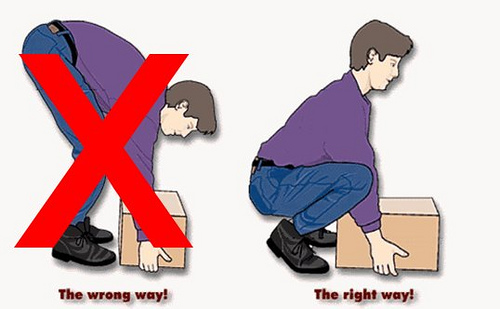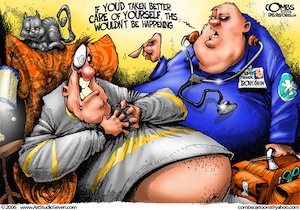 Since its inception in 1979, The Skin Cancer Foundation has always recommended using a sunscreen with an SPF 15 or higher as one important part of a complete sun protection regimen. Sunscreen alone is not enough, however. Read our full list of skin cancer prevention tips.
Since its inception in 1979, The Skin Cancer Foundation has always recommended using a sunscreen with an SPF 15 or higher as one important part of a complete sun protection regimen. Sunscreen alone is not enough, however. Read our full list of skin cancer prevention tips.
- Seek the shade, especially between 10 AM and 4 PM.
- Do not burn.Avoid tanning and UV tanning booths.
- Cover up with clothing, including a broad-brimmed hat and UV-blocking sunglasses.
- Use a broad spectrum UVA/UVB sunscreen with an SPF of 15 or higher every day.
- For extended outdoor activity, use a water-resistant, broad spectrum UVA/UVB sunscreen with an SPF of 30 or higher.
- Apply 1 ounce 2 tablespoons of sunscreen to your entire body 30 minutes before going outside.Reapply every two hours or immediately after swimming or excessive sweating.
- Keep newborns out of the sun. Sunscreens should be used on babies over the age of six months.Examine your skin head-to-toe every month.
- See your physician every year for a professional skin exam.



